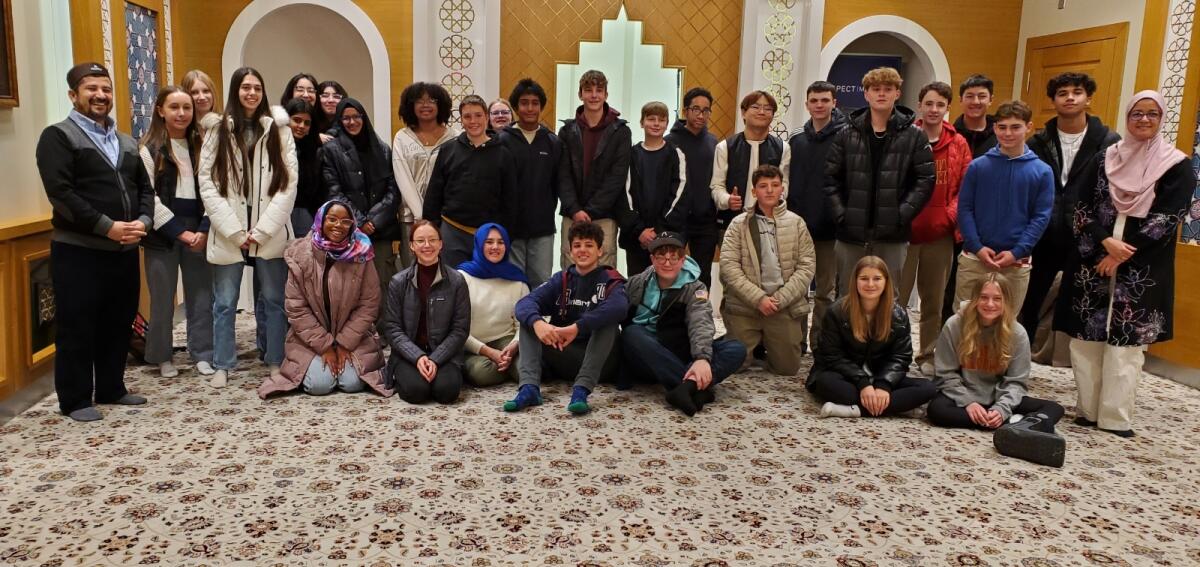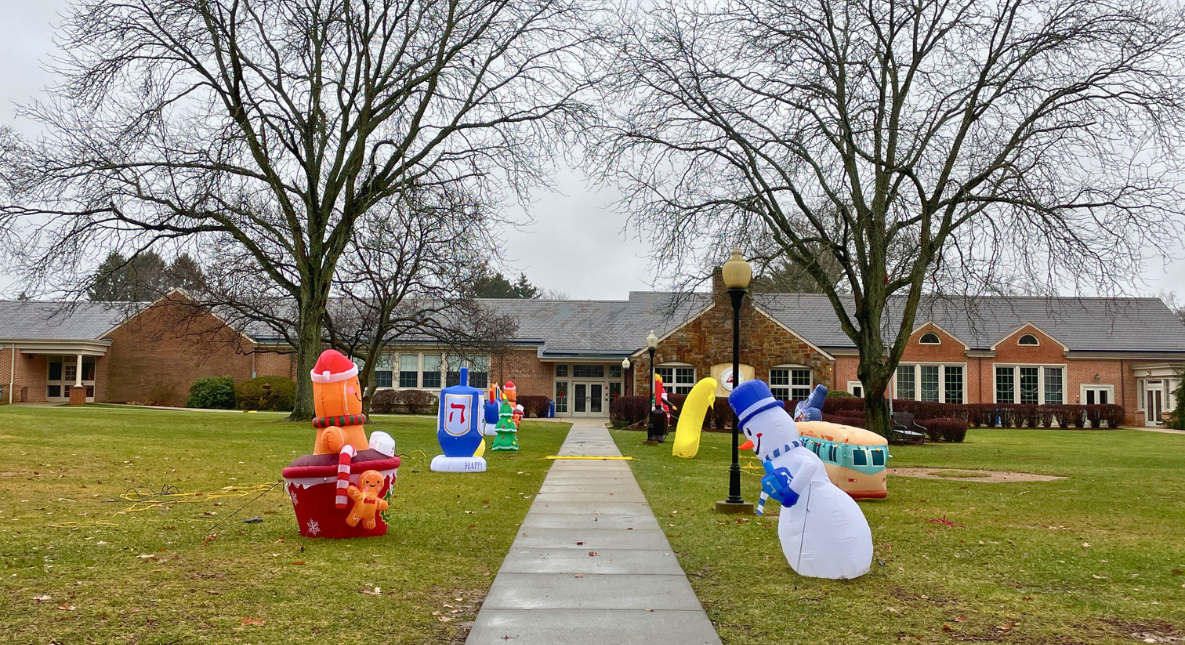Hawaiian Islands Shape Stories of School Chaplain
Thanks to a Maron Grant, I was able to travel this summer to the Hawaii Islands of Oahu, Maui, and Hawaii, or “The Big Island.”
I chose Hawaii out of a deep interest in story, how the stories of our people shape our understanding of the world, and how those legends and sacred legacies connect us to something greater than ourselves. I learned that Hawaiians are innate storytellers, as their history and myth shape everything from music and dance to cultural celebration and relationship with the land.
Hawaii Volcanoes National Park, for example, is a geological marvel, containing two of the most active volcanoes in the world, Mauna Loa and Kilauea. Ongoing eruptions continually add to the relatively young (a million years old) island of Hawaii, making it the newest land on earth, teeming with adolescent energy. Hawaiian stories tell of Pele, the goddess of fire and the creator of the Islands. In Hawaiian chant she is known as “the one who shapes the sacred land”. According to legend, Pele currently lives within the main crater of Mt. Kilauea, the “Ark of the Covenant” of ancient Hawaiian lore. She has been relocating for centuries, feuding with her sister, Nāmaka, goddess of the sea. In each new home, Pele makes her fire, forming a new island, until Nāmaka overcomes her strength and chases her to the next. This story beautifully mirrors the scientific history of the Hawaiian islands, a seamount chain formed by hot-spot volcanism. As you travel to the northwest along the Hawaii archipelago, each island is successively older, formed as the Pacific Oceanic Plate moves each by inch in the same direction, passing over a “hot spot” in the earth’s mantle. The Hawaiian hot spot has been active at least 70 million years, producing a volcanic island chain that extends over 3,750 miles.
There are two kinds of lava in Volcanoes National Park. Aa (pronounced “ah-ah”) is the thick, rough, chunky lava formed when the flow is fast and cooling is rapid. Pahoehoe (pronounced ‘pawhoey-hoey”) forms when lava flows more slowly and resembles chocolate brownie batter as it bakes in an oven. Located within the park, the Pu’uloa Petroglyph Field contains over 23,000 petroglyphs, drawn in cooling lava by human hands around 800 years ago. Holes found near many of these images are thought to be the depositories for the umbilical cords of infants placed there at birth in a child dedication ritual to ensure a long life.
No one knows today why these first settlers came to Hawaii. Maybe they were fleeing war or famine. Maybe they left seeking adventure and the unknown. We do know that they followed the stars and the migratory pattern of birds, sailing in hand-hulled outrigger canoes across miles and miles of open ocean. And when they landed in Hawaii, they discovered a tropical paradise unlike any place in the world. Now their stories are part of my story, and will forever shape the stories I tell as Moravian Academy’s School Chaplain. I am grateful to the Maron family for this gift.
This article originally appeared in the 2019 Moravian Academy Fall Journal.


 myMA
myMA



.png)







